Copper is synthesized in massive stars and is present in the Earth’s crust at a concentration of about 50 parts per million (ppm), where it occurs as native copper or in minerals such as the copper sulfides chalcopyrite and chalcocite, the copper carbonates azurite and malachite, and the copper oxide mineral cuprite. The largest mass of elemental copper discovered weighed 420 tonnes and was found in 1857 on the Keweenaw Peninsula in Michigan, US. Native copper is a polycrystal, with the largest described single crystal measuring 4.4×3.2×3.2 cm.
Most copper is mined or extracted as copper sulfides from large open pit mines in porphyry copper deposits that contain 0.4 to 1.0% copper. Examples include Chuquicamata in Chile,Bingham Canyon Mine in Utah, United States and El Chino Mine in New Mexico, United States. According to the British Geological Survey, in 2005, Chile was the top mine producer of copper with at least one-third world share followed by the United States, Indonesia and Peru. Copper can also be recovered through the in-situ leach process. Several sites in the state of Arizona are considered prime candidates for this method. The amount of copper in use is increasing and the quantity available is barely sufficient to allow all countries to reach developed world levels of usage.
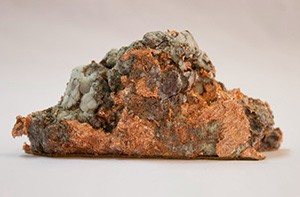
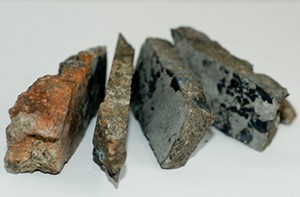
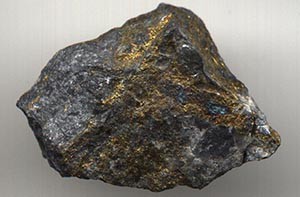
Copper has been in use at least 10,000 years, but more than 95% of all copper ever mined and smelted has been extracted since 1900, and more than half was extracted in only the last 24 years. As with many natural resources, the total amount of copper on Earth is vast (around 10 tons just in the top kilometre of Earth’s crust, or about 5 million years’ worth at the current rate of extraction). However, only a tiny fraction of these reserves is economically viable, given present-day prices and technologies. Various estimates of existing copper reserves available for mining vary from 25 years to 60 years, depending on core assumptions such as the growth rate. Recycling is a major source of copper in the modern world. Because of these and other factors, the future of copper production and supply is the subject of much debate, including the concept of peak copper, analogous to peak oil.
The major applications of copper are in electrical wires (60%), roofing and plumbing (20%) and industrial machinery (15%). Copper is mostly used as a pure metal, but when a higher hardness is required it is combined with other elements to make an alloy (5% of total use) such as brass and bronze. A small part of copper supply is used in production of compounds for nutritional supplements and fungicides in agriculture. Machining of copper is possible, although it is usually necessary to use an alloy for intricate parts to get good machinability characteristics.
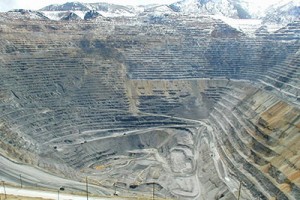
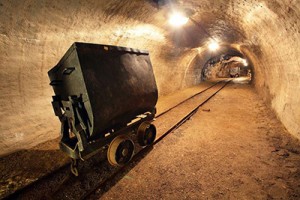
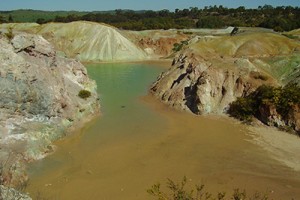
Despite competition from other materials, copper remains the preferred electrical conductor in nearly all categories of electrical wiring with the major exception being overhead electric power transmission where aluminium is often preferred. Copper wire is used in power generation, power transmission, power distribution, telecommunications, electronics circuitry, and countless types of electrical equipment. Electrical wiring is the most important market for the copper industry. This includes building wire, communications cable, power distribution cable, appliance wire, automotive wire and cable, and magnet wire. Roughly half of all copper mined is used to manufacture electrical wire and cable conductors. Many electrical devices rely on copper wiring because of its multitude of inherent beneficial properties, such as its high electrical conductivity, tensile strength, ductility, creep (deformation) resistance, corrosion resistance, low thermal expansion, high thermal conductivity, solderability, and ease of installation.
Copper’s greater conductivity versus other metals enhances the electrical energy efficiency of motors. This is important because motors and motor-driven systems account for 43%-46% of all global electricity consumption and 69% of all electricity used by industry. Increasing the mass and cross section of copper in a coil increases the electrical energy efficiency of the motor. Copper motor rotors, a new technology designed for motor applications where energy savings are prime design objectives, are enabling general-purpose induction motors to meet and exceed National Electrical Manufacturers Association (NEMA) premium efficiency standards.
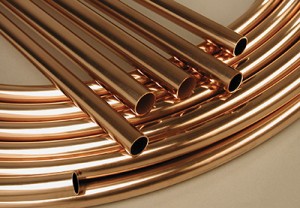

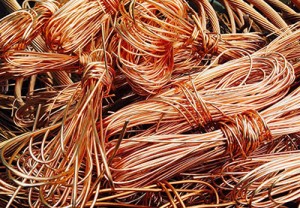
Copper has been used since ancient times as a durable, corrosion resistant, and weatherproof architectural material. Roofs, flashings, rain gutters, downspouts, domes, spires, vaults, and doors have been made from copper for hundreds or thousands of years. Copper’s architectural use has been expanded in modern times to include interior and exterior wall cladding, building expansion joints, radio frequency shielding, and antimicrobial indoor products, such as attractive handrails, bathroom fixtures, and counter tops. Some of copper’s other important benefits as an architectural material include its low thermal movement, light weight, lightning protection, and its recyclability.
The metal’s distinctive natural green patina has long been coveted by architects and designers. The final patina is a particularly durable layer that is highly resistant to atmospheric corrosion, thereby protecting the underlying metal against further weathering. It can be a mixture of carbonate and sulfate compounds in various amounts, depending upon environmental conditions such as sulfur-containing acid rain. Architectural copper and its alloys can also be ‘finished’ to embark a particular look, feel, and/or color. Finishes include mechanical surface treatments, chemical coloring, and coatings. Copper has excellent brazing and soldering properties and can be welded; the best results are obtained with gas metal arc welding.
Source: Wikipedia
